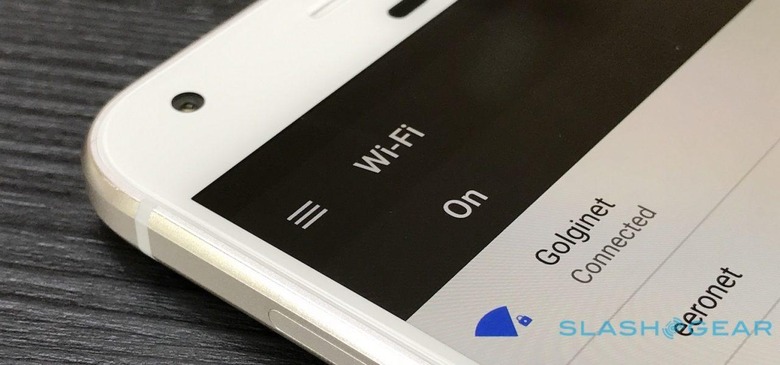WiFi 6 gives wireless the big upgrade it really needs
WiFi is about to get a lot more easy to understand, with the Wi-Fi Alliance announcing WiFi 6, its freshly rebranded push to reduce wireless confusion. WiFi 6 isn't a new technology, in and of itself. Instead, it'll be the consumer name for 802.11ax, the next-generation of WiFi that isn't expected to show up in devices until 2019 at the very earliest.
802.11ax will, like previous versions before it, improve range and speed, allow greater numbers of devices to coexist in the same area, and generally scale up support for things like high-resolution video. It'll also have more applications in the Internet of Things, where factors like power consumption can be more important.
However, "802.11ax" isn't a particularly user-friendly name, even if the technologies it will bring should make for a happier wireless experience. It's something that has been criticized in previous years, too, with awkward naming blamed for rising consumer confusion about which WiFi is "best" among other issues. It's only been compounded by individual branding attempts by router and device-makers themselves.
The answer is WiFi 6. That'll be used by product vendors, OS vendors, and service providers: if you see WiFi 6, then you know the hardware and infrastructure supports 802.11ax. The Wi-Fi Alliance's rebranding is retroactive, too.
So, 802.11ac, the current fastest WiFi release, will now be known as WiFi 5. For 802.11n, the version before that, it'll be WiFi 4. It won't just be on boxes and in stores, however. What you see on your device is likely to change, too.

The Wi-Fi Alliance has a new set of sample interface graphics, which it's angling to have replace the current WiFi logos you see in the status bar of your smartphone or laptop. These would include not only an indicator of signal strength but of the type of network you're connected to. So, if you're on an 802.11ax connection, you'd get both the strength bars and a small "6" graphic.
Of course, the Wi-Fi Alliance can't force those offering WiFi products to adopt either its new terminology or its UI ideas. Still, it says it's "expected to be widely adopted by the Wi-Fi ecosystem" as device-makers and more look to better – and less confusingly – differentiate between their new products and old, and encourage upgrades in the process.
